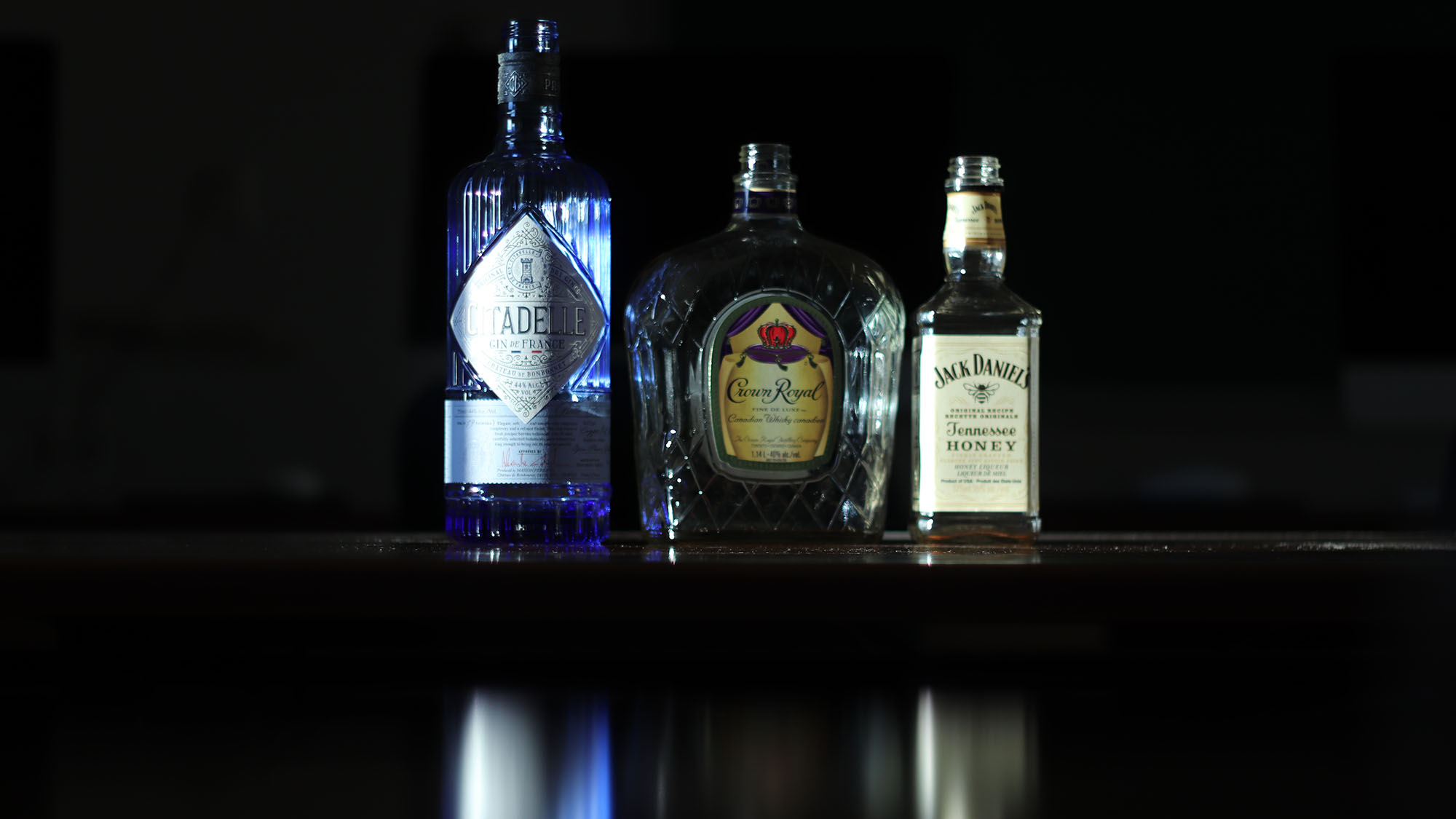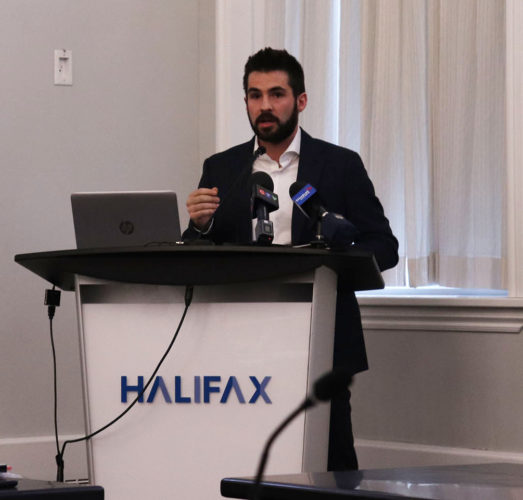Drunk tank alternatives floated at police commission meeting
Halifax Board of Police Commissioners presented with alternatives for sending people to the drunk tank

caption
Photo illustration of bottles.John Burke, Peter LaFitte and Corey Rogers are some of the individuals placed in the drunk tank who died or experienced long-term effects while detained.
On Monday, the Halifax Board of Police Commissioners were presented with alternatives to detaining people for intoxication.
In December 2019, Halifax’s police chief Dan Kinsella requested a budget increase for the Halifax Regional Police (HRP) to create several new senior positions in the force.
In response to Kinsella’s request, Harry Critchley, the vice-chair at the East Coast Prison Justice Society, suggested an alternative use for the budget increase — sobering centres. Related stories
“Sobering centres aim to ensure that those that experience the effects of alcohol or drugs have access to a safe, civilian-led and directed place to sleep it off,” Critchley said during his presentation.
The centre will help decrease the number of unnecessary emergency department visits and provide evidence-based care, he said.
The last recorded data on people who were detained by HRP for intoxication was in 2017. From January to November of that year, 1,900 people were arrested.
In November 2019, two constables were charged with criminal negligence after the death of Corey Rogers. Rogers was found unresponsive in a jail cell in June 2016.
Critchley said people are ending up in the drunk tank because there are very few other options available.
He referenced some successful sobering centres in Western Australia, implemented in 1992. The number of police detentions of intoxicated people declined 84 per cent in 13 years. There was also a decrease in domestic violence related to alcohol usage, as well as a decrease in court and police resources.
In San Francisco, U.S., sobering centres were implemented in 2003. Since then, there have been 29,000 fewer emergency service trips.
Around the world, not-for-profit organizations and health authorities have helped fund sobering centres.
Clients can self-refer or be referred by health-care workers, police or an ambulance. In Calgary, Alta., there is a sobering centre and a managed alcohol program called Alpha House.
Critchley said many choose to self-refer to the sobering centres because they are aware of them. The number of self-referrals is higher than those who are police-referred.
Commissioners were responsive to the idea. Coun. Tony Mancini is on the board.
“This is very enlightening. I wasn’t familiar with sobering centres, but I am quite intrigued by it all,” Mancini said.

caption
During his presentation, Harry Critchley introduced sobering centres to the Halifax Board of Police Commissioners.Dr. Leah Genge, a family physician who specializes in addiction, also suggested other ways HRP can use its money. She requested the board consider helping to fund the implementation of managed alcohol programs (MAPs).
MAPs target people who are chronically homeless, who have severe alcohol use disorder or who have used abstinence-based programs that have not worked.
“MAPs are evidence-based, harm reduction, housing initiatives that improve the care of people living with chronic alcohol use disorder and chronic homelessness,” Genge said in her report to the board.
The program would provide people with a place to go permanently or on a drop-in basis. Medical professionals regulate the program.
People would be provided with scheduled alcohol doses throughout the day, but not enough to cause intoxication.
“One man explained it as ‘getting pleasantly buzzed’ for the day,” Genge said during her presentation.
The doses of alcohol help to prevent binge drinking and non-beverage alcohol.
“They may use non-beverage alcohol like vanilla extract, mouthwash and hand sanitizer. These are very cheap and have high alcohol content,” she explained. “And because of this, the use of non-beverage alcohol comes with higher health risks like alcohol poisoning.”
There are protocols in place to prevent severe intoxication, and policies to ensure clients cannot consume outside of the program.
Genge said people who experience homelessness have high rates of chronic alcohol use disorder and additional health risks.
She said 23 MAPs in Canada have been proven effective at reducing contact with police, emergency department visits and hospital admissions.
Commissioner Lindell Smith asked how communities responded to MAPs. Genge said communities were hesitant in the beginning. Still, they came to accept them because they created stability for these people and the community’s services.
“We all do better when we all do better,” she said.
Kinsella said the treatment and care of people who are detained are important to HRP.
“Where we can help, we certainly will,” he said in an interview after the meeting.
“If there are ways between the HRP or other stakeholders in the community to help with harm reduction, we are certainly open to that.”
About the author
Lesli Tathum
Lesli is from the Cayman Islands. She is in her fourth year of journalism at the University of King's College and is a member of the King's Women's...

T
Tami Meredith